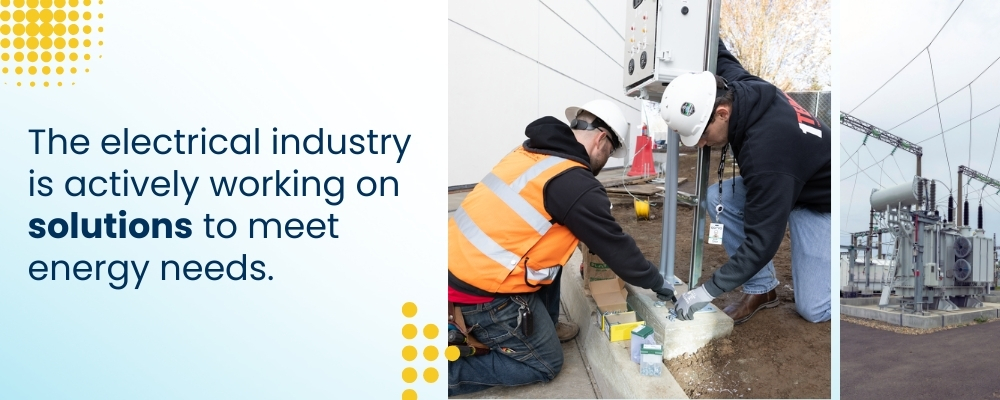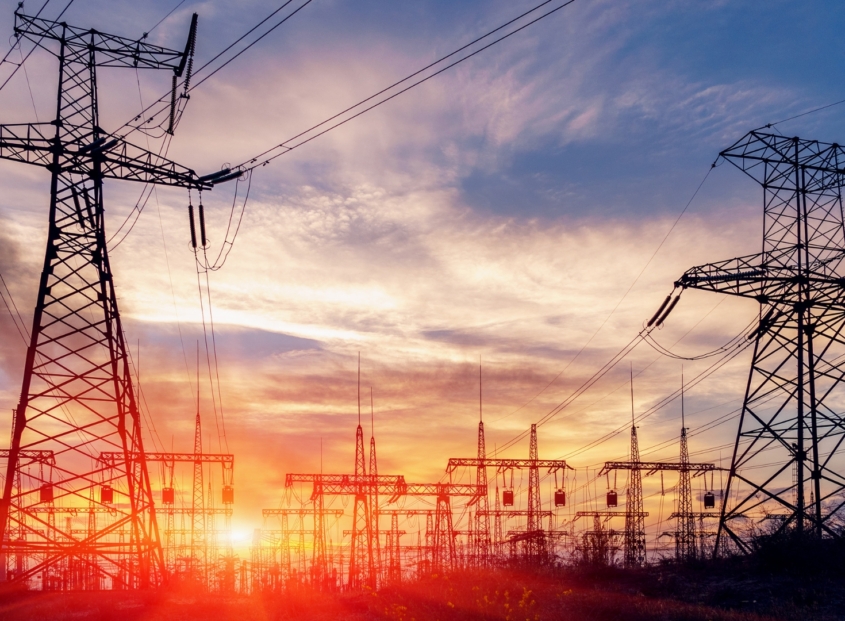Can We Power Through? The Electrical Industry’s Transformer Shortage
Electric transformers are the backbone of power generation and distribution. They are crucial for maintaining grid stability, preventing power surges, reducing electrical hazards, and ensuring a reliable energy supply. Transformers are also essential for industrial applications, integration of renewable energy, and electrical equipment.
However, due to increased demand, supply chain issues, and lack of standardization, reliable access to transformers is becoming a challenge. As a result, the energy sector is seeing project delays and increased costs.
Electrical Transformer Shortage: Root Causes 
There’s no denying that the electrical sector is experiencing a transformer shortage. A recent report points out lead times have gone from a week to over a year. Larger GSU transformers can take up to 150 weeks. There are various reasons why we are experiencing longer wait times and reduced supply. The main factors behind the shortage are:
- Increased Electricity Demand: Electrification efforts, the growth of renewable energy integration, data center expansion, and increased high-tech manufacturing are causing more power needs. To meet these demands, transformer manufacturing is predicted to grow 160% to 260% by 2050.
- Material Supply Chain Issues: Transformer cores are made with grain-oriented electrical steel (GOES). GOES is also a key material used in electric vehicles and EV chargers, intensifying demand as those industries grow.
- Lack of Standardization: Most transformers are custom-built, often with non-standard specializations, making it challenging to adopt a one-size-fits-all strategy.
- Labor Shortage: Transformer manufacturing industries face a diminished labor pool, which impedes production.
Implications for the Electrical Sector
The transformer shortage has far-reaching effects across the electrical industry. Wait times can cause significant project delays. In fact, nearly 25% of global renewable projects could see delays because of long lead times.
Interruptions in the supply chain have also caused the price of transformers to skyrocket in recent years. Completed transformer costs have risen 400% since 2020. These added costs can increase infrastructure expenses, raise electricity prices, and postpone grid upgrades.
Looking Forward: Solutions for Change
While the transformer crisis might seem daunting, the electrical industry is actively working on solutions to meet energy needs. Increasing domestic production, creating a more reliable supply chain, and re-thinking transformer design are all proactive measures that point to a positive, secure future.

Expanding Domestic Transformer Capacity
Increasing necessary material production in the U.S. can reduce lead times and save overall costs. The Department of Energy’s most recent energy efficiency distribution standards are designed to ensure grid reliability, reduce utility expenses, and create lucrative manufacturing jobs.
Boosting Supply Chain Stability
Domestic transformer creation helps stabilize supply chain access. As more materials are engineered in the U.S., they become more readily available, translating into supply meeting demand.
Standardizing Transformer Design
Transformers are commonly designed to meet individual customer load needs and various generator sizes, which means they come in a wealth of sizes. Looking through the distribution transformer market reveals over 80,000 models. However, standardizing the connections between grids and transformers could speed up production.
The Role of Electrications in Transformer Solutions
Electricians play an essential role during this crisis. Trained to ensure reliable power distribution, repair damaged units, and implement energy-efficient resources, their expertise is instrumental in supporting infrastructure resilience.
The NECA/IBEW Partnership: Powering the Future of the Pacific Northwest
For over a century, NECA and IBEW Local 48 members have been shaping the energy landscape of Oregon and Southwest Washington. Through this established partnership, we’ve built the region’s electrical infrastructure and paved the way toward an energy-efficient future.
By joining our community of skilled professionals, you become part of a legacy of excellence, innovation, and forward growth. Driven by craftsmanship, leadership, and a commitment to progress, we’re shaping a brighter, more energy-secure future for the Pacific Northwest.
Get details about membership, benefits, and more.
Join the NECA-IBEW Local 48 community and sign up for our newsletter to receive industry news, resources, and more.



